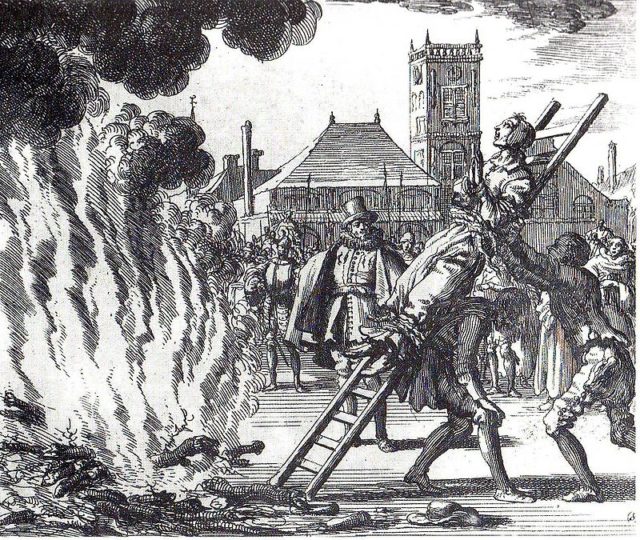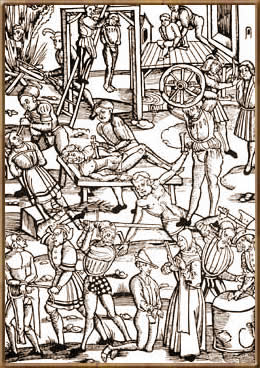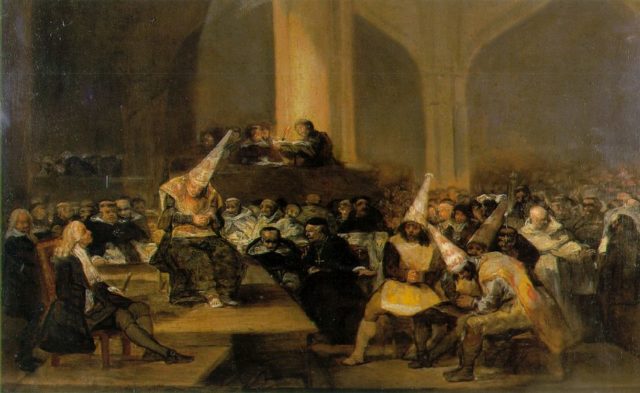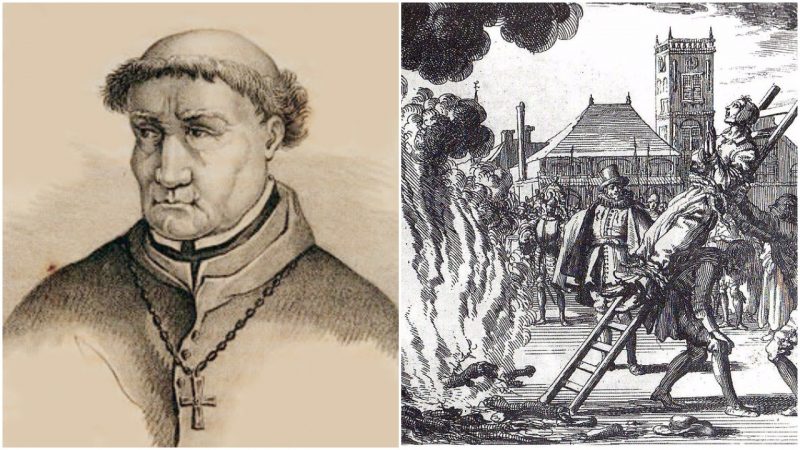The Spanish Inquisition was a notorious institution within the Catholic Church which existed from 1478 to 1834.
Originally named the Tribunal of the Holy Office of the Inquisition in Spain, the institution was tasked with enforcing the orthodoxy of faith in Spain and Castile.
The scope of brutality and ruthlessness has most likely been exaggerated during the wave of anti-Catholicism which spread through Europe in the second half of the 19th century, but contemporary historians still estimate that around 150 thousand people were charged with crimes of heresy and blasphemy, and around 5000 people were executed in Spain alone.

The most brutal wave of persecution struck Spain in the 15th century, during the incumbency of the first Grand Inquisitor, the notorious Tomas de Torquemada. Torquemada was originally a Dominican friar who established a close relationship with Princess Isabella I of Castile and became her political and religious advisor.
When Princess Isabella married King Ferdinand of Aragon in 1469, Torquemada urged them to petition Pope Sixtus IV to grant them the creation of an autonomous inquisitorial office of Spain that would be governed by priests chosen by the officials of the kingdom. The Pope granted this request, and Torquemada became the first Grand Inquisitor and the leader of the Inquisition.

Torquemada was an incredibly zealous practitioner of religious orthodoxy.During his incumbency, more than 40 thousand Jews were forcibly exiled from Spain, and another 50 thousand were forced to convert to Christianity. Also, numerous innocent people were accused of witchcraft, heresy, black magic and associating with the Devil; 2000 people were executed for such crimes during the era of Torquemada.


Those accused of heresy and witchcraft were often paraded in the streets while wearing a “sanbenito.” Sanbenito was a notorious penitentiary robe which the accused were forced to wear over their clothing. It was supposed to warn the people in the streets of Spain that severe punishments await those who sin against God and the Catholic Church.
The robes were frequently adorned with sinister designs which depicted Hell’s flames, demons, and snakes, and were instruments of Torquemada’s reign of terror which will forever remain a stain on the face of the Catholic Church.
